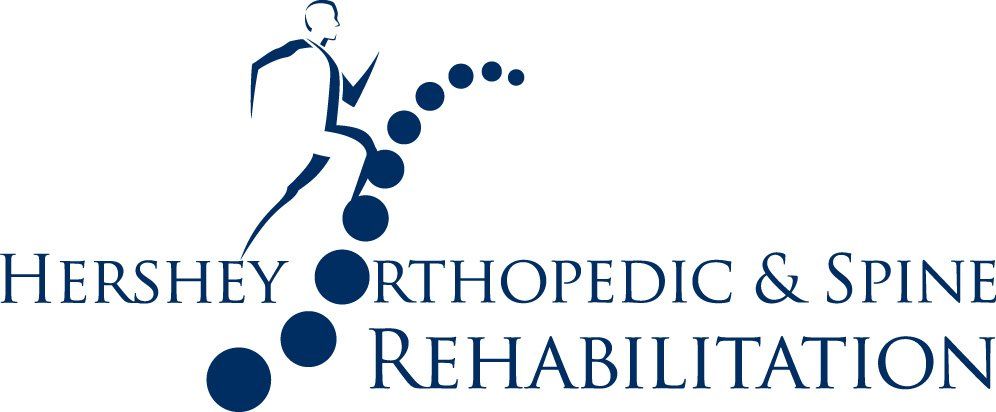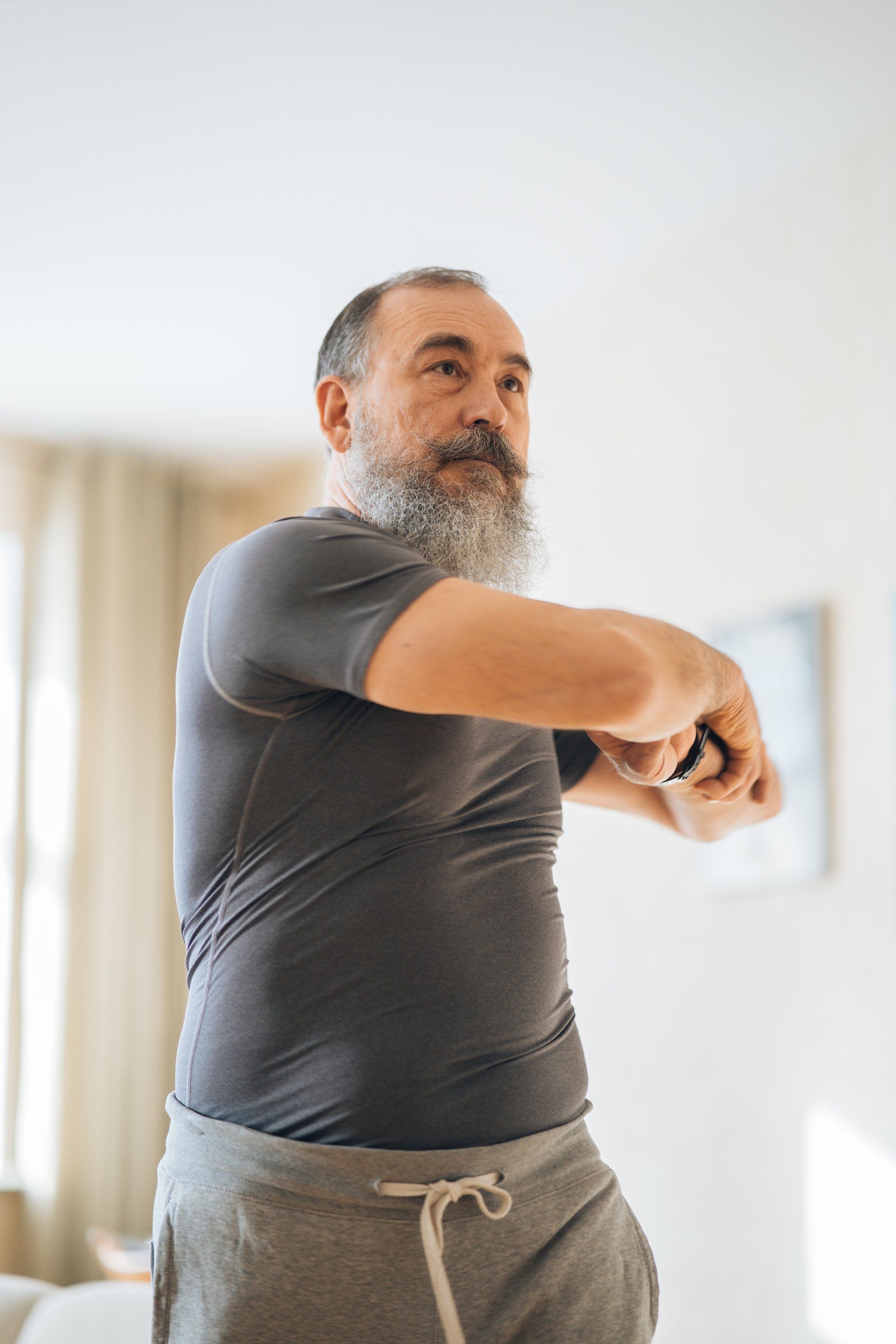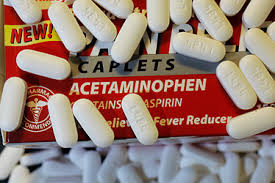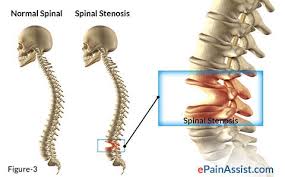Icing a Sprained Ankle? Is Ice Still the Right Approach for Sprains?
Updated December 18th, 2023
What are the current best practices for icing a sprained ankle? Is it still the most effective way to heal your injury? With an ever-changing field of medicine, including constant research and understanding of the human body, new discoveries continue to shape the way we view practices such as icing an injured ankle.
Conventionally, doctors have recommended icing sprained ankles, noting that it can help with inflammation from the injury. However, new research is emerging about the efficacy of icing injured ankles, with some studies pointing to compression as a more effective approach.
In this guide, we at Hershey Orthopedic and Spine Rehabilitation will delve into the best methods for treating sprained ankles, presenting you with helpful data to inform your decision. Our team is composed of skilled physical therapists who are committed to getting you feeling better again, developing personalized treatment plans, and meeting you where you are in the healing process.
The Traditional Approach to Sprained Ankles
Traditionally, icing is recommended for an acute injury like sprained ankles, and time is of the essence when it comes to icing. Cold will help the pain and swelling, so it’s best to ice as soon as possible. The RICE method—Rest, Ice, Compression, Elevate—is often recommended in the immediate aftermath of an ankle sprain as a first-aid measure, and the steps are as follows:
- Rest: Giving the injured ankle proper rest is essential to allow the tissues to heal.
- Ice: Can be applied for short periods of time at regular intervals—usually 15 minutes and five to eight times a day for the first 48 hours.
- Compression: Wrapping the sprained ankle with an elastic bandage or compression wrap helps provide support.
- Elevate: Elevating the injured ankle above heart level helps reduce swelling by using gravity to assist in draining excess fluid from the area.
Immediate Effects of Icing
Right after applying the ice to the ankle, there will be immediate relief because it acts as a numbing agent, causing pain and swelling to dissipate. However, these benefits are temporary. So, does icing a sprained ankle help? In the short term, yes, but as we’ll learn in the coming sections, there are other ways to provide longer-lasting relief.
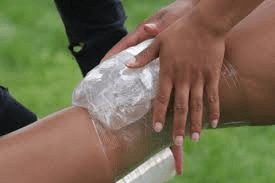
Questioning the Effectiveness of Ice on Sprains
New viewpoints against icing as a treatment for ankle sprains have gained attention in recent years, as there are more and more researchers and experts who question its effectiveness and propose alternative methods, including compression and targeted exercise. Paradigm shifts like this one will prove difficult for a lot of us to implement because we’ve been taught from an early age to apply ice to a sprain—it’s second nature.
While there is evidence—both clinical and anecdotal—that the use of ice temporarily helps ankle sprains because of its numbing effects, what about its impact on inflammation and the healing process? Does it do more harm than good to ice the sprain post-injury? A growing number of experts are saying it does more harm.
By immediately using ice on an injury to try and reduce inflammation, we are delaying the normal inflammatory response that’s supposed to happen after an acute injury. After all, our ancestors were able to survive because of processes like inflammatory response, and we shouldn’t assume that something that’s evolved over millions of years needs to be corrected. What’s more, most of the world favors no ice after acute injury. For example, in Chinese medicine, it’s thought of as counterproductive.
The three phases of healing after an acute injury are inflammation, proliferation, and remodeling. Inflammation is a vital biological response following injury, as it’s the body’s way of ridding itself of damaging stimuli and initiating the healing process. If we step in and interrupt something the body does naturally, is that beneficial?
It turns out that swelling and the build-up of fluid after an acute injury can be considered positive effects since they increase sensitivity to pain, inhibit movement, and allow the inflammatory process to continue. By interfering with the first inflammatory stage of healing, we may be negatively affecting the final remodeling stage. Our bodies are smart and have their own mechanisms for reducing inflammation through the lymphatic system, which gradually removes waste and fluid build-up caused by the inflammatory process.
Ice and Inflammation: A Closer Look
Conventional wisdom says that icing a sprained ankle will reduce inflammation and lead to quicker healing. However, we’re seeing some debate around this topic, with some experts arguing against icing.
The natural inflammatory process is a fundamental part of the body's immune response when an injury occurs, and it concerns a complex series of events that involve various cells, chemical mediators, and physiological changes. The primary role of inflammation is to initiate the natural healing process and protect the body from further damage.
The Lymphatic System and Ice
Some studies suggest that applying ice for swelling on the leg can impair the ability to effectively manage lymphatic flow. This is because icing can create a backflow of fluid in the lymphatic system, potentially exacerbating swelling rather than reducing it. The lymphatic system relies on muscle activation to remove waste, so light exercise and pain-free movement can be beneficial for jumpstarting the healing process and are alternative methods for the lymphatic system. So, is using ice counterproductive? More and more experts think so.
Compression as an Alternative to Ice
Many are opting for using a compress instead of ice as a more effective choice for acute soft tissue injuries. Unlike icing the sprain, using a compress will improve blood flow to the injured area and won’t constrict blood vessels. By applying pressure, it assists in pushing blood back towards the heart, which enhances circulation, aiding in the healing process.
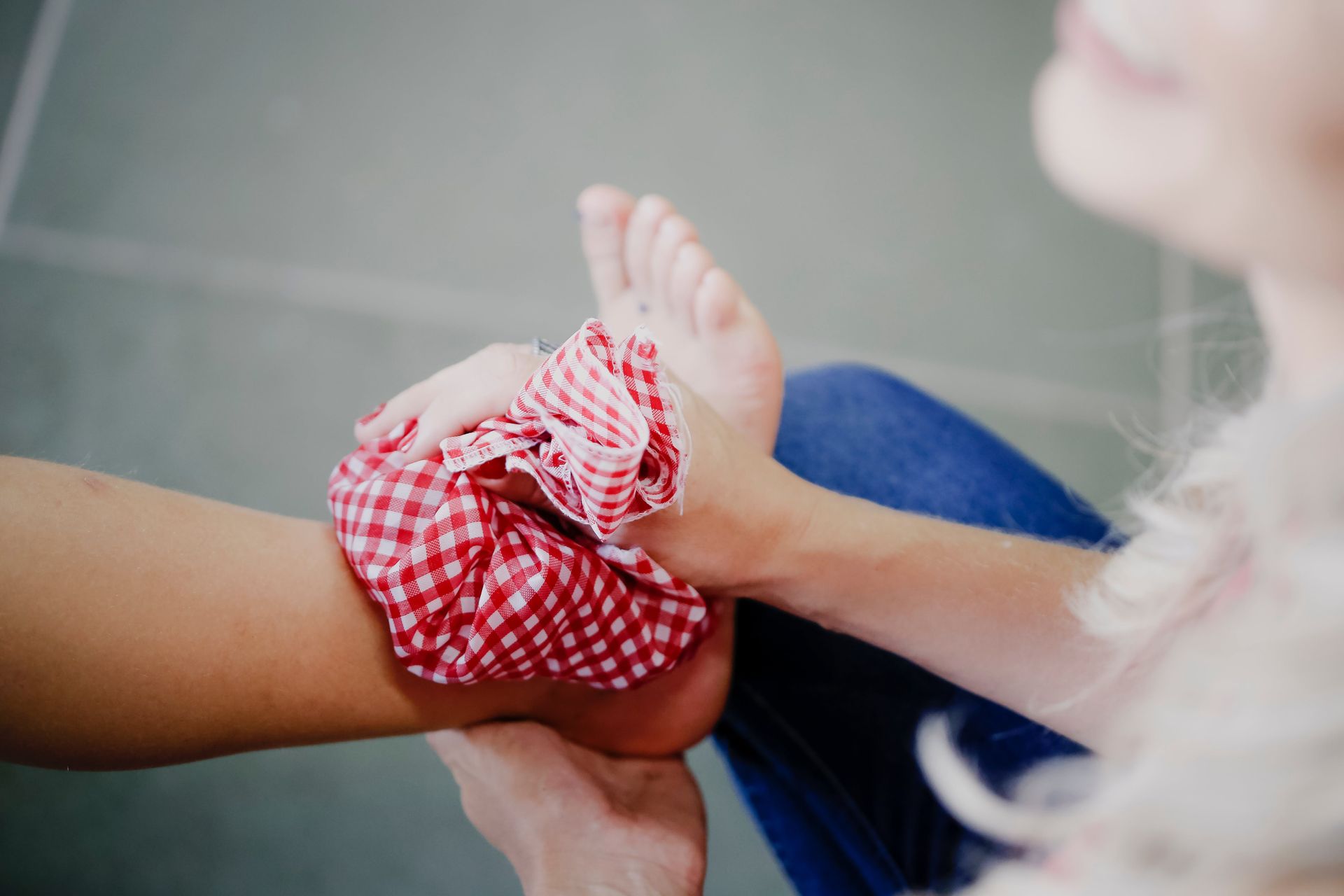
How to Effectively Use Compression
For effective compression therapy, it’s important to follow proper techniques, such as:
- Before applying a compression wrap or device, make sure the area is clean and free from any lotions, oils, or moisture.
- Select a wrap or device that fits properly. It should be snug but not too tight, allowing for comfortable movement and proper circulation.
- Position the affected area in a way that allows for optimal compression. For an ankle sprain, position the foot at a 90-degree angle and start wrapping from the toes up toward the calf.
- Overlap each layer by about half of its width to ensure even pressure distribution and prevent gaps or uneven compression.
- Once you have applied the desired number of layers, secure the end of the wrap or device with tape or fasteners to keep it in place.
The duration of compression application can vary depending on the specific injury or condition, as well as the guidance provided by a healthcare professional. Generally, for acute injuries and effective injury management, compression can be applied for the first 24 to 72 hours following the injury. During this initial phase, it is typically recommended to apply continuous or intermittent compression for periods of 20-30 minutes at a time, with periodic breaks in between.
The Role of Physical Therapy in Ankle Sprain Recovery
Physical therapy plays a crucial role in the recovery process of an ankle sprain, and professional assistance can’t be overstated. Some of the many things a professional will help with include:
- Restoring mobility and flexibility: Physical therapy includes exercises and stretching techniques to improve ankle range of motion and flexibility. This helps restore normal joint movement and prevent stiffness.
- Strengthening exercises: Physical therapists guide patients through specific exercises to strengthen the muscles surrounding the ankle joint. Strengthening these muscles helps provide stability and support, reducing the risk of re-injury.
- Functional training: The focus of physical therapy is not just on isolated exercises but also on functional training. This involves performing activities that mimic real-life movements, helping individuals regain their ability to perform daily tasks and return to sports or recreational activities.
We at Hershey Orthopedic and Spine Rehabilitation provide an array of services, one of which is for foot and ankle injuries. We evaluate our patients thoroughly and develop a personalized treatment plan they feel comfortable with so they can resume their lives feeling better.
Exercises and Rehabilitation Techniques
Luckily, there are many different rehabilitation exercises and techniques used in physical therapy to help with ankle strength, including:
- Range of motion exercises aim to improve the flexibility and movement of joints by gently moving them through their full range of motion.
- Manual therapy involves hands-on techniques, such as joint mobilization, soft tissue mobilization, myofascial release, and strain-counterstrain therapy. These techniques help reduce pain, improve joint mobility, and address soft tissue restrictions.
- Gait training focuses on improving walking patterns, balance, and coordination. It may involve exercises aimed at enhancing proper foot placement, stride length, and weight distribution during walking.
Guided rehabilitation ensures that the individual progresses through the rehabilitation program in a structured and controlled manner. A trained healthcare professional, such as a physical therapist, can assess the individual's condition, monitor their progress, and adjust the treatment plan accordingly. This helps prevent overexertion or reinjury and promotes optimal healing.
When to Seek Professional Help
Knowing when to seek a professional diagnosis for your sprain is vital to your healing. Is your sprained ankle serious? The following are some signs that it’s time for the intervention of a professional for recovery support:
- Inability to stand or walk on the affected foot
- Throbbing pain
- Stiffness or weakness in the ankle joint
- A feeling of instability in the ankle joint
- Signs of infection, such as warmth or redness in the ankle
- Significant pain, swelling, and bruising
A New Perspective on Icing Sprained Ankles
We hope you’ve found this guide helpful and have a better understanding of the benefits of compression and the limitations of icing a sprained ankle. While icing has been a popular technique for a long time, research is showing that icing a sprain may interfere with the body’s natural inflammatory response process and could actually slow down healing. Alternatively, compression allows blood flow to the injury site, boosting circulation, and furthering the healing process, making it an ideal method for sprains.
It’s essential to seek professional advice when you’ve sustained an injury, as their expertise, experience, and evidence-based approach are key for accurate diagnosis, appropriate treatment, and successful recovery. Our team at
Hershey Orthopedic and Spine Rehabilitation has the know-how, equipment, and passion to assist patients with all types of injuries, including ankle sprains. Reach out today for more information or to schedule an appointment.
